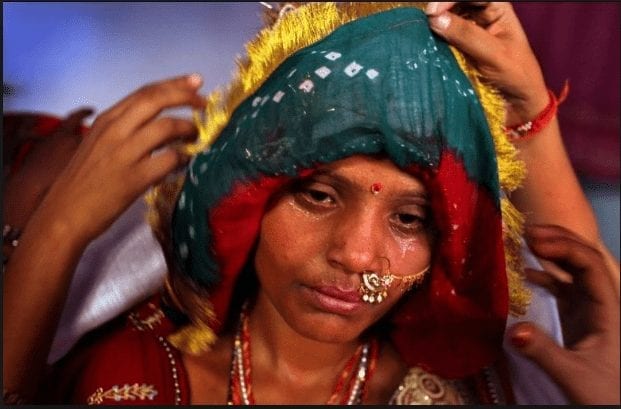
Bangladeshi Girls Sold as Wives in North India
This article is based on the stories of 112 Bangladeshi girls and women taken mostly to Uttar Pradesh, India, and sold as wives. In a practice that peaked between 1982 and 1993, parents allowed their daughters to leave home, as they could neither pay for their dowries nor keep them unmarried. Go-betweens sold the idea of a country having a surplus of girls to another perceiving a shortage of them, while demographic data show ‘missing’ females on both sides. Many girls never paid a return visit to their natal homes and lost contact with their families. Others returned after many years to reveal that they had been sold. The readings of this practice by different actors—including NGO activists, anthropologists, wife-givers and wife-takers—are discussed. Can marriage be built upon a trafficking event? Can marriage exonerate the evil of trafficking? The situation is clearly more complicated when girls were married to men of a religion different to their own. In such cases, exacerbating the sense of alienation and wrongful appropriation, the mismatch made return highly problematic. The article also draws an analogy with the situation of the slave-wives (bandi bou) in 19th- and 20th-century Bengal.
